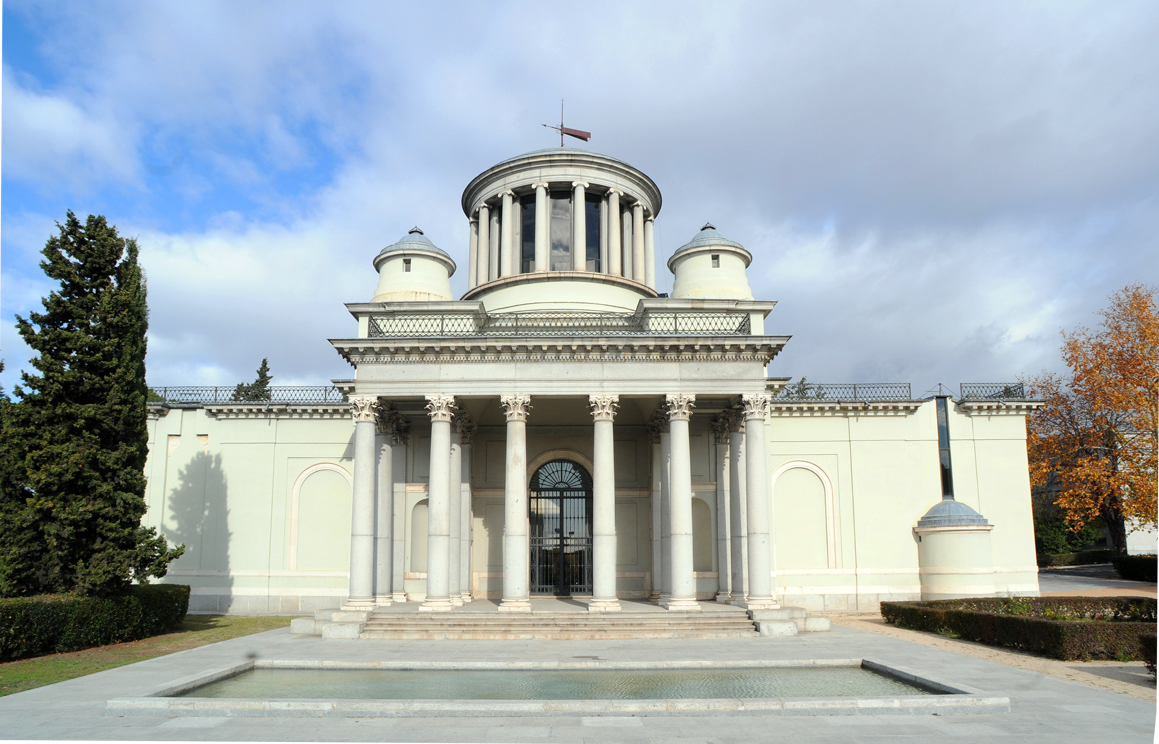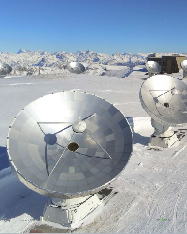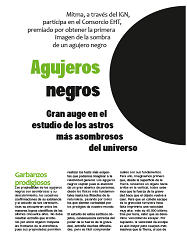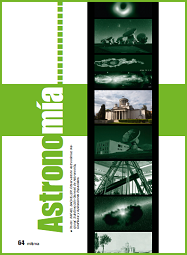Observatorio Astronómico Nacional
Infraestructura científica con más de 200 años

Otras publicaciones
Otras publicaciones
NOEMA
En una espectacular meseta del corazón del macizo alpino, a 2550m de altitud, se encuentran emplazadas 12 de las antenas parabólicas más precisas de todo el planeta. Se trata de NOEMA, el conjunto de radiotelescopios más potente del hemisferio norte trabajando en ondas milimétricas. Esta gran instalación científica es el fruto de 40 años de cooperación entre el CNRS (Francia), Max-Planck-Gesellschaft (MPG, Alemania) y el IGN (Mitma, España). Construido y operado por el Instituto de Radioastronomía Milimétrica (IRAM), este conjunto de radiotelescopios, que trabaja de manera coordinada con el gran radiotelescopio de 30-m emplazado en la estación IRAM-IGN de Pico Veleta (cerca de Granada), ya ha sido fuente de importantes descubrimientos, y ahora está a punto de realizar observaciones que continuarán revolucionando el estudio del universo, en particular los estudios de formación de planetas como la Tierra. Consultar.
Agujeros Negros
Los agujeros negros están en la cresta de la ola y, en gran medida gracias a ellos, la astrofísica se mantiene en el centro de la actualidad científica. Hace tres años, mientras el Nobel 2017 premiaba la detección de ondas gravitacionales que delatan las colisiones de agujeros negros de masas estelares, el Event Horizon Telescope (EHT) realizaba las observaciones revolucionarias que conducirían a la primera imagen de la proximidad de un agujero negro supermasivo, un resultado que ya ha recibido numerosos premios internacionales. Y no habíamos terminado de celebrar estos logros cuando el Nobel de Física 2020 fue otorgado a tres estudiosos de estos objetos que a todos nos apasionan. En varios de estos acontecimientos el Instituto Geográfico Nacional viene estando en primera línea. Consultar.
El Observatorio Astronómico Nacional. Ciencia, Historia y Patrimonio
Los numerosos visitantes del Real Observatorio de Madrid suelen quedar asombrados por su impresionante patrimonio histórico-artístico. Pero pocos son conscientes de que, en este maravilloso enclave del Observatorio Astronómico Nacional, como también en otras infraestructuras de este, se desarrolla una labor de investigación en astrofísica de primera línea a nivel mundial. Con estudios que abarcan desde la formación de las estrellas y los planetas hasta las propiedades de los agujeros negros, en el Observatorio se conjuga hoy una fascinante tradición histórico-artística con la astrofísica más pionera. Consultar.



